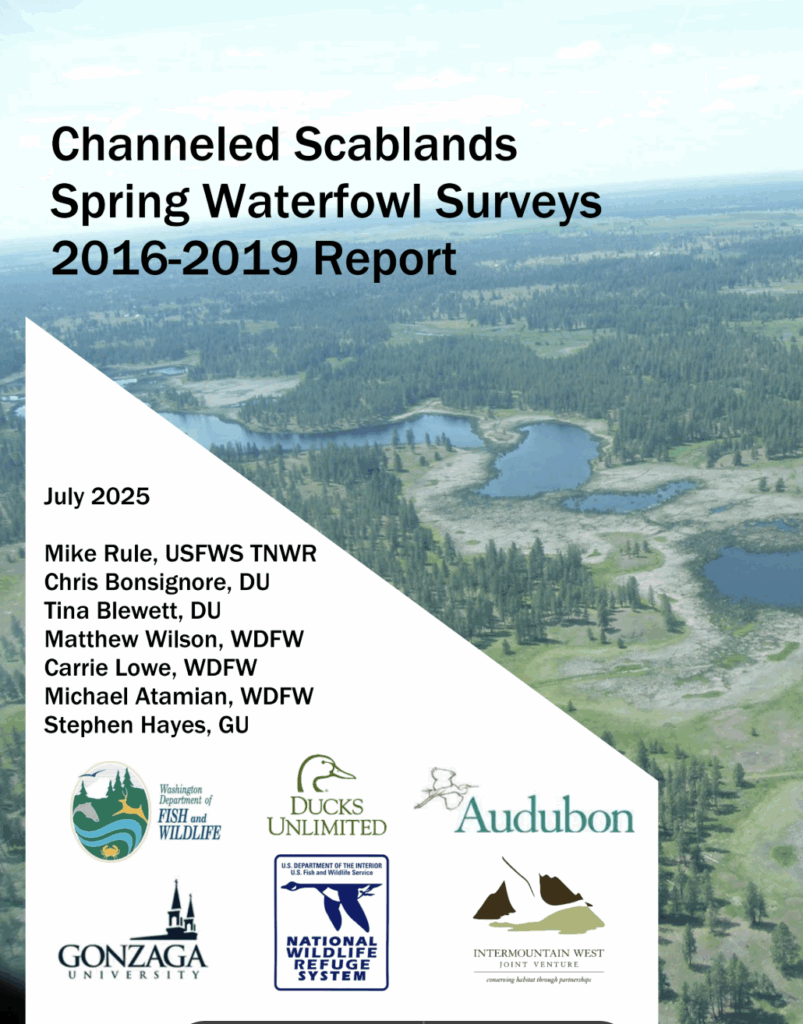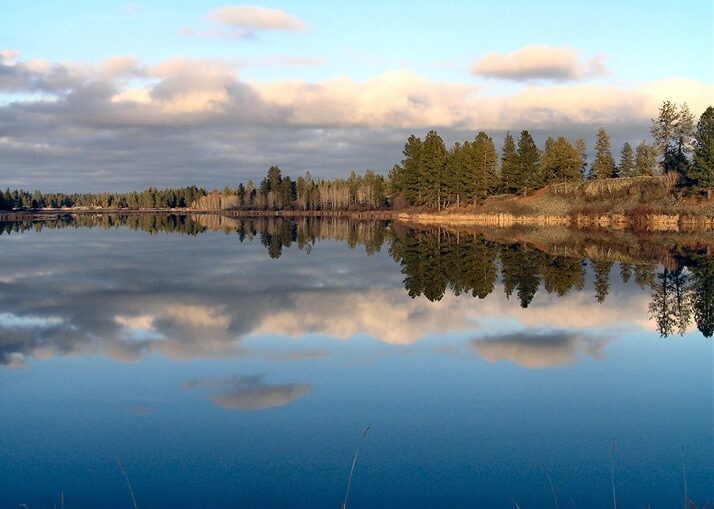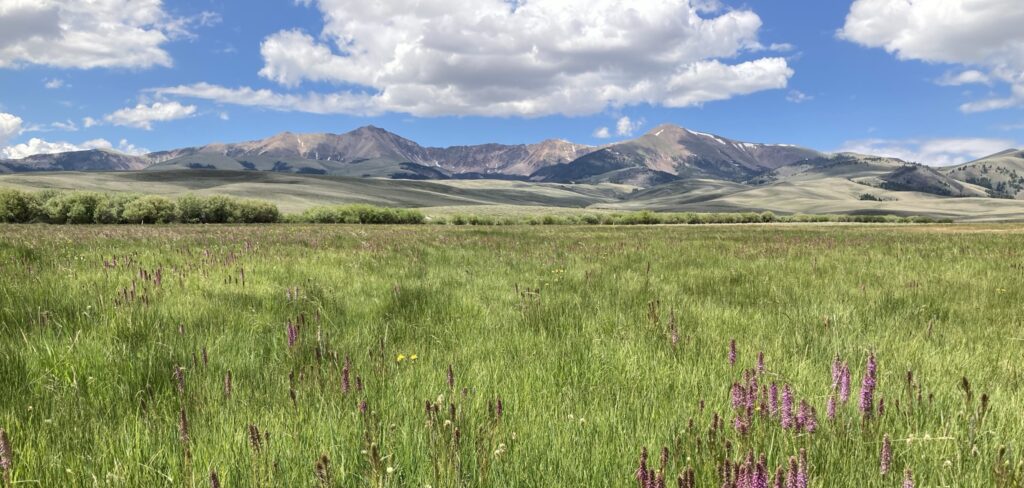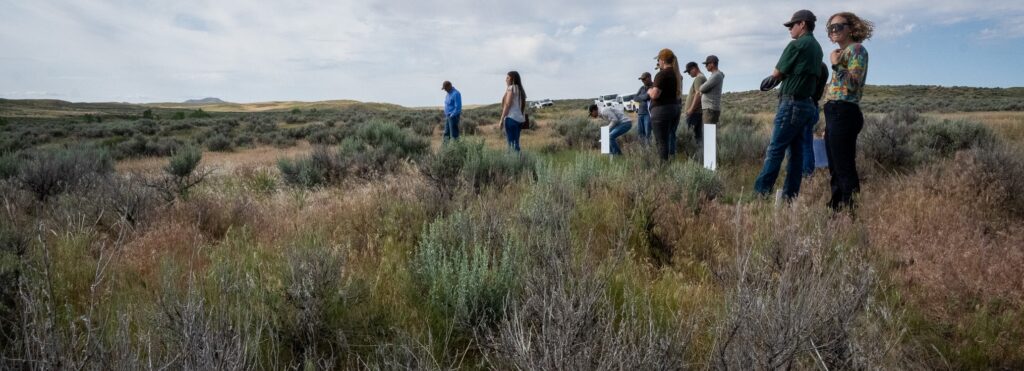The Channeled Scablands of Eastern Washington (CSEWA) contain one of the Pacific Flyway’s most undervalued and understudied wetland complexes. This landscape was created thousands of years ago by repeated catastrophic floods from Glacial Lake Missoula, leaving behind an intricate network of tens of thousands of basins. Today, these wetlands provide vital staging and foraging habitats for waterfowl and other migratory birds en route to northern breeding grounds.

Research across the Flyway has shown that spring stopover habitats are critical to waterfowl reproductive success. The energetic condition of hens upon arrival on breeding areas directly influences nest initiation, clutch size, and recruitment of young. Despite this, documenting species composition and abundance during migration is challenging, and knowledge gaps remain about the importance of many regions. This lack of information risks under-recognition of key habitats, limiting conservation resources for areas that may be essential to Flyway-wide population sustainability.
To address this gap, the Washington Department of Fish and Wildlife, Turnbull National Wildlife Refuge, and Ducks Unlimited launched the first landscape-scale study of spring waterfowl ecology in the CSEWA in 2015. From 2016–2019, aerial and ground surveys were conducted from mid-February through late April across nearly 7,000 km² (2,688 mi²)—about 27% of the CSEWA. Weekly fixed-wing transects covered ~4% of the area, while ground surveys spanned 370 miles of representative routes. These efforts documented abundance, species composition, migration timing, and habitat use across diverse wetland types.
Surveys recorded 27 waterfowl species, 10 of which are considered high-priority by the Intermountain West Joint Venture. The five most abundant species were northern pintail, mallard, American wigeon, scaup (predominantly lesser), and bufflehead. Collectively, waterfowl accounted for an average of 5.7 million bird-use days annually, peaking at 6.9 million in 2019.
This study underscores the CSEWA’s significance as a spring migration hub on par with SONEC, yet the region has received far less attention and conservation investment. With ongoing threats from land conversion, climate change, and limited funding, proactive strategies are needed to protect and enhance these habitats.




